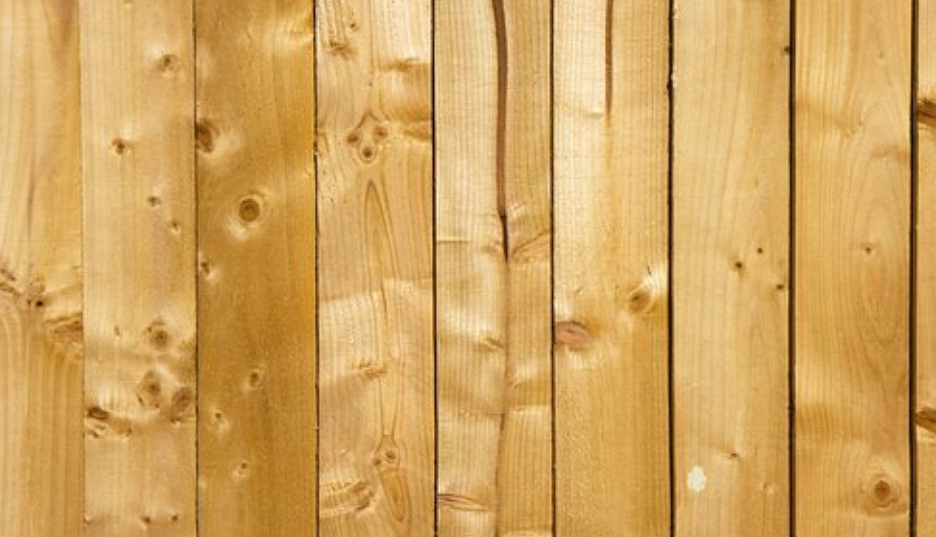How To
How To Remove Mold From Attic Plywood

Mold growth in the attic can pose a serious health risk to you and your family. Inspecting for mold in the attic can be challenging, especially if you are unfamiliar with the signs of mold growth or lack the necessary equipment to assess the situation properly. If you discover mold growth on your attic plywood, it is crucial to take immediate mold cleanup in your home to prevent it from spreading and causing further damage.
What is mold?
Mold is a fungus that tends to thrive in damp and humid environments. It is a frequently encountered problem in households, particularly in bathrooms, basements, and attics, where moisture can accumulate.
These fungi spread through tiny spores that float around in the air and can settle on surfaces. Once they settle, they can rapidly grow and multiply. Mold can appear in different colors, such as black, green, yellow, or white.
Signs of affected attic
- The most obvious sign of a mold problem in your attic is visible mold growth on surfaces such as walls, ceilings, or insulation.
- Unusual odors. If you detect a musty or earthy smell in your attic, it could be a sign of mold growth. Mold produces volatile organic compounds (VOCs) that can give off a distinct odor, which may be more noticeable on hot and humid days.
- Discolored or stained surfaces. Mold can cause surfaces in your attic, such as wood or drywall, to become discolored or stained. This may appear as dark spots, streaks, or patches on the surface.
- Water damage or leaks. Any signs of water damage or leaks in your attic can create a moist environment conducive to mold growth. Look for water stains, damp insulation, or any signs of water infiltration from the roof.
- Allergic symptoms: If you or your family members experience allergic symptoms such as coughing, sneezing, or itchy eyes in the attic, it could be a sign of mold exposure. Mold spores can cause allergic reactions in some people, especially those with respiratory conditions like asthma.
How to safely remove mold from attic plywood at home
- Repair moisture sources. Before tackling the mold problem, identify and repair any moisture sources in your attic. This may include fixing leaks in the roof, improving ventilation, or reducing humidity levels.
- Wipe down with detergent. Loose mold particles can be removed with a wet rag and detergent. However, be cautious not to spread the spores to uncontaminated areas. Steri-wiping is a useful method that involves folding a contaminated rag and using its clean side to wipe away new areas of mold.
- Spray cleaning. If nails protrude from the plywood, wiping the moldy areas may not be feasible. In this case, spray cleaning with baking soda or frozen CO2 followed by HEPA vacuuming can eliminate mold.
- Avoid sandblasting. Sandblasting is not recommended for removing mold from attic plywood, as it can spread mold spores throughout the area, causing further contamination.
- Avoid power washing. Power washing with water or other liquid solutions can dampen the attic insulation and other contents with moisture, requiring replacement.
Why is it good to hire a professional?
The professionals have the necessary training, experience, and equipment to remove mold safely and effectively. Attic spaces can be difficult and dangerous, and professionals have the proper safety gear and techniques to minimize the risk of accidents.
Professional mold remediation experts follow industry guidelines and standards to ensure that the mold is eliminated and will not return. They have access to specialized tools and chemicals that are not available to the general public, which allows them to thoroughly remove mold and prevent it from spreading to other areas of the home.
Professionals can identify and address the underlying cause of mold growth. Simply cleaning the mold off the plywood is not enough if the source of moisture is not addressed. Professionals can identify and repair any water leaks, ventilation issues, or other moisture problems contributing to mold growth.
Hiring a professional for mold removal can provide peace of mind. Homeowners can trust that the job will be done correctly and that their family’s health and safety are being prioritized.
Conclusion
Whether one chooses to take a DIY approach or hire a professional, it’s critical to take swift action to eliminate the mold source and prevent its regrowth. However, due to the potential hazards of working in the attic, it’s advisable to engage professionals with the necessary equipment, expertise, and experience to handle the mold remediation process safely and effectively.
-
Blog1 year ago
MyCSULB: Login to CSULB Student and Employee Portal – MyCSULB 2023
-
Android App3 years ago
Cqatest App What is It
-
Android1 year ago
What Is content://com.android.browser.home/ All About in 2023? Set Up content com android browser home
-
Software2 years ago
A Guide For Better Cybersecurity & Data Protection For Your Devices
-
Latest News2 years ago
Soap2day Similar Sites And Alternatives To Watch Free Movies
-
Android2 years ago
What is OMACP And How To Remove It? Easy Guide OMACP 2022
-
Android3 years ago
What is org.codeaurora.snapcam?
-
Business2 years ago
Know Your Business (KYB) Process – Critical Component For Partnerships





















